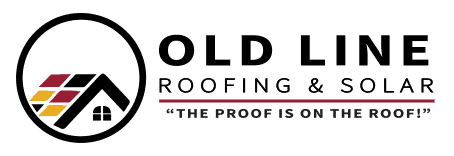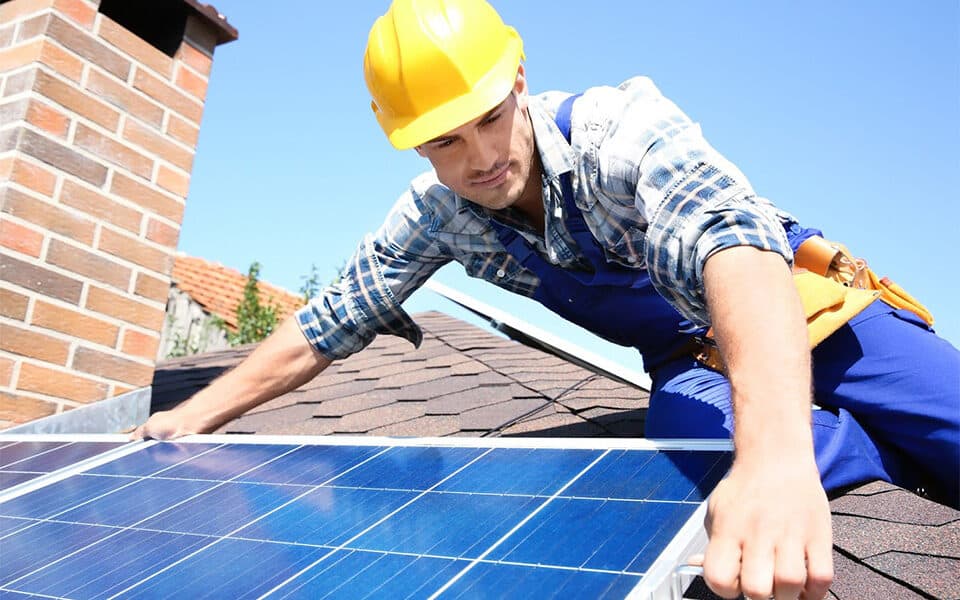Installing solar panels on your roof helps save power costs, protect the environment, increase property value, and ensure a reliable and flexible energy source. However, you need to install solar panels compatible with your roofing system to enjoy these benefits. Below are some of the key things to look out for when installing solar panels on your roof.
1. Check Load Limits
Roofs have different load limits depending on the material they are and the house’s design. Placing solar panels that exceed that load limit puts your roof at the risk of collapsing. That poses a danger to your property and the people living in the house.
Before solar panel installation, a professional should help you check the roof’s dead and live load weight limits. Dead load is the actual weight of the roofing structure and attachments it can hold over time. Live load limit is the weight of temporary things on the roof, e.g., people climbing. Both the dead and the live load limit should not overwhelm your roof.
2. Analyze Roof Condition
Repair any damage to the roof before installing solar panels. If the roof is too old, consider replacing it with a new one. That saves you from double installation costs of the solar panels, as you won’t need to remove them when conducting roof repairs or replacements in the future.
Also, compare your roof’s warranty to that of the solar panels and ensure they are not too far apart. Having similar warranty deadlines reduces maintenance costs when you replace them simultaneously rather than separately within a short duration.
3. Consider Insurance Coverage
How much does your home insurance cover? Answering this question helps you choose the best solar panels for your roof. For instance, if you live in an area prone to harsh weather conditions such as hurricanes and lightning storms, the panels are likely to suffer damage. Your home insurance plan should cover solar panel damage to help save on repair costs.
If the solar panels are not a permanent fixture on your roof, you might consider purchasing separate insurance for them. Panels are prone to damages that may be beyond what your standard home insurance may cover.
4. Check Roof Shape
Solar panels come in different sizes, and your roof’s structural design is key in determining the correct size and type. Additionally, you need to place the solar panels in a direction that exposes them to maximum sunlight to generate maximum energy. Analyze the direction of the roof’s slope before installing solar panels.
Obstacles such as dormers and vents may also affect the number of solar panels that can fit on the roof and how to place them. A roofing expert can help work around the obstacles when installing solar panels to achieve maximum mounting surface area on the roof.
5. Avoid DIY Installation
Solar panel installation involves risks such as accidents, wiring problems, and leaking roofs. Therefore, only a licensed professional should do it. Furthermore, different areas have safety standard requirements that one needs to satisfy to get a permit to conduct any roofing project. A professional roofing company will not have a problem meeting requirements.
Self-installation may also mean surrendering your warranty and compensation benefits in case of any damages arising from installation faults. Roofing companies conduct proper installation and keep your insurance intact and valid for a claim in case of any fault.
Contact Us Today!
Old Line Roofing & Solar knows high-quality roof replacement. We have been installing roofing across the Northeast for over 30 years. We have grown to become one of the largest providers of roofing services in Maryland.
If you are looking for a solar roof, we use the highest quality equipment and well-trained technicians. Reach out to us today to learn how we can help you with your solar roofing needs.
At Old Line Roofing & Solar, we value customer satisfaction and quality workmanship. Contact us today to schedule a free consultation or give us a call at 410-769-3735.

